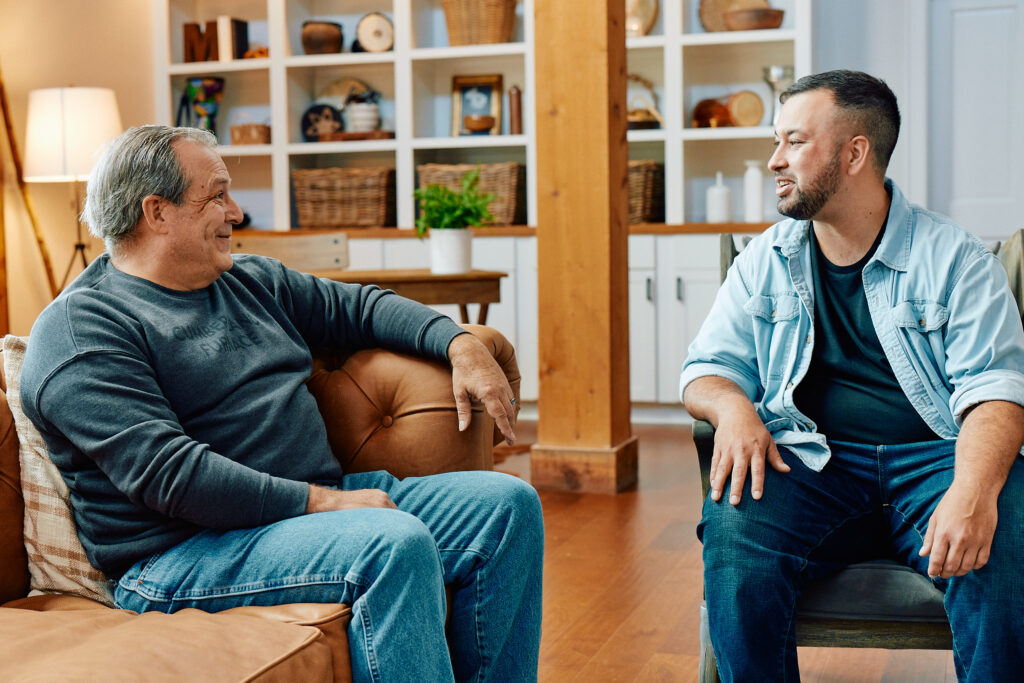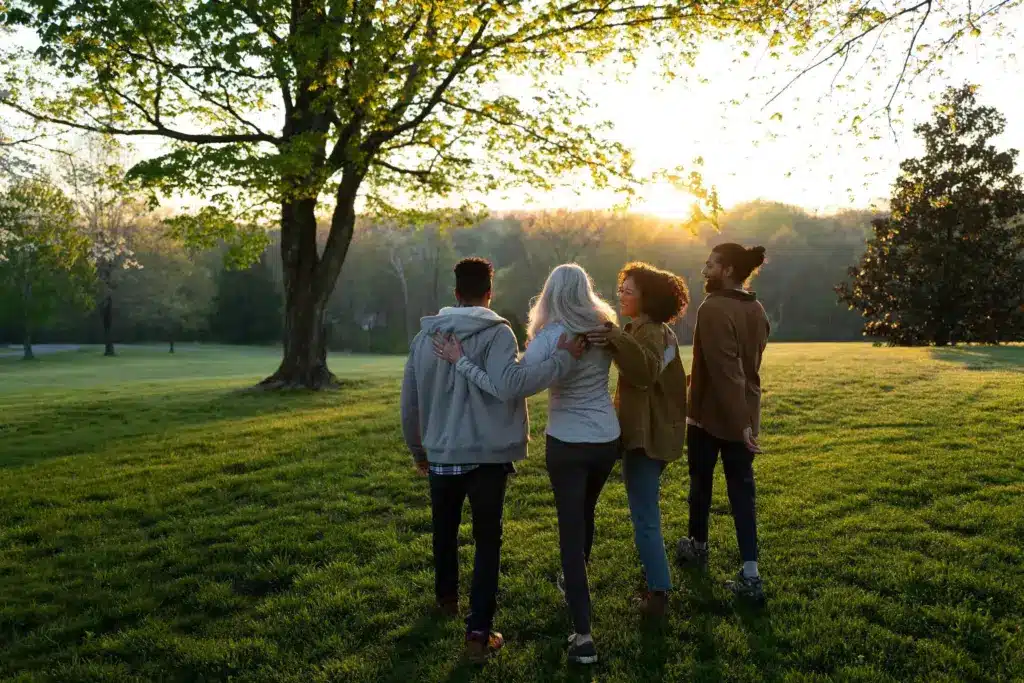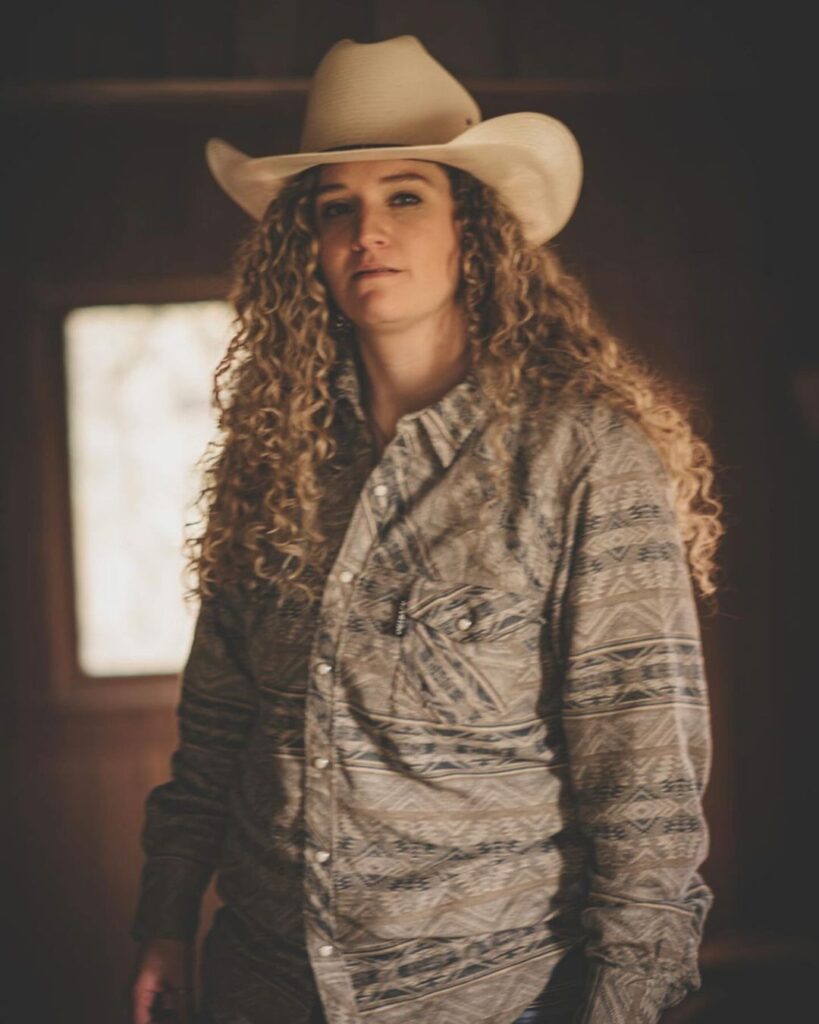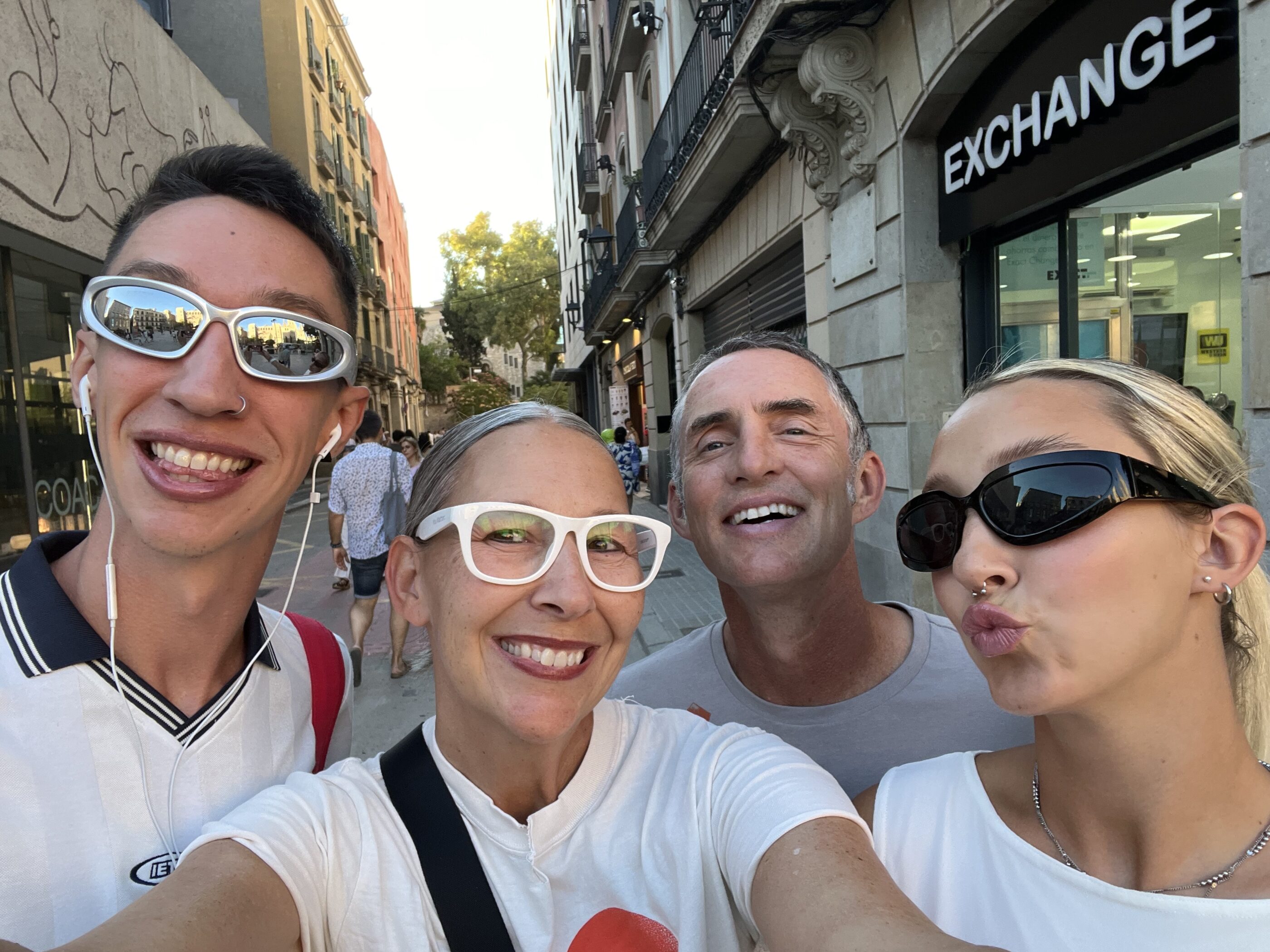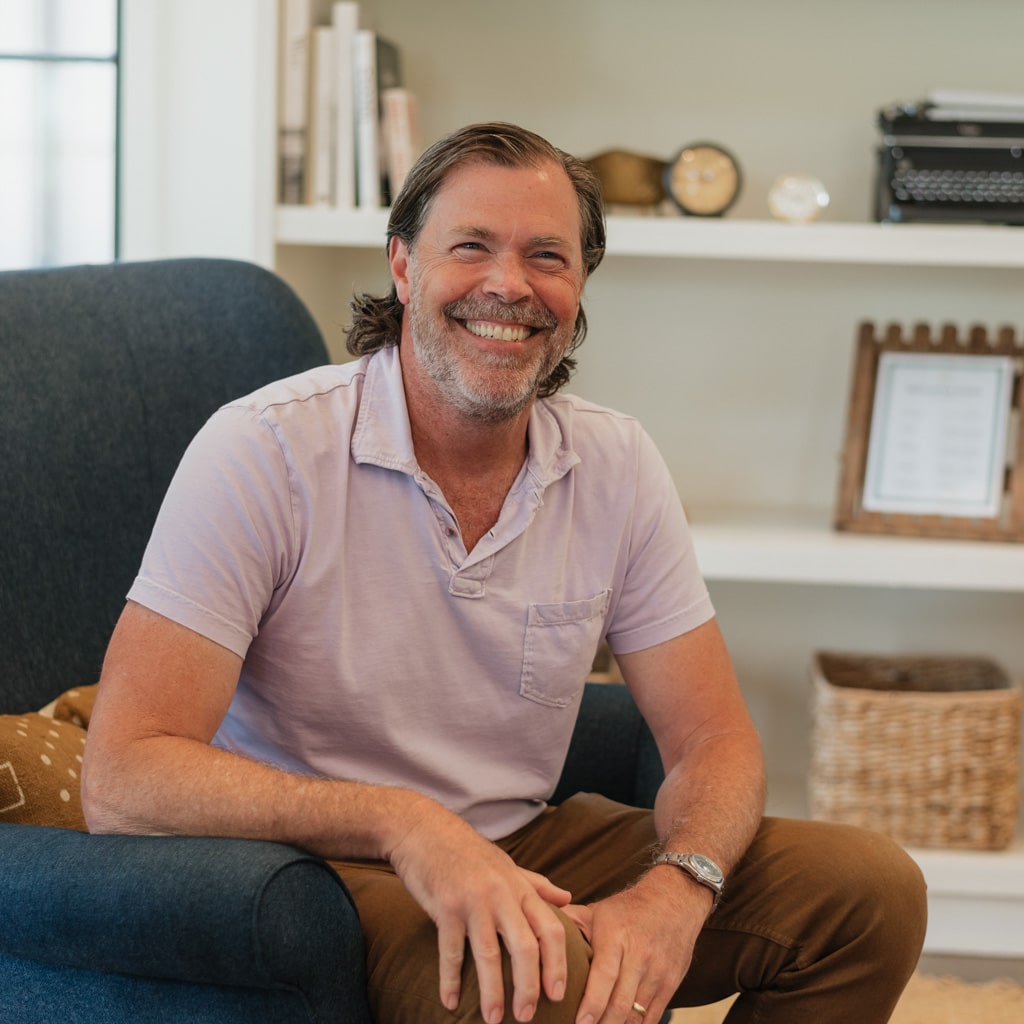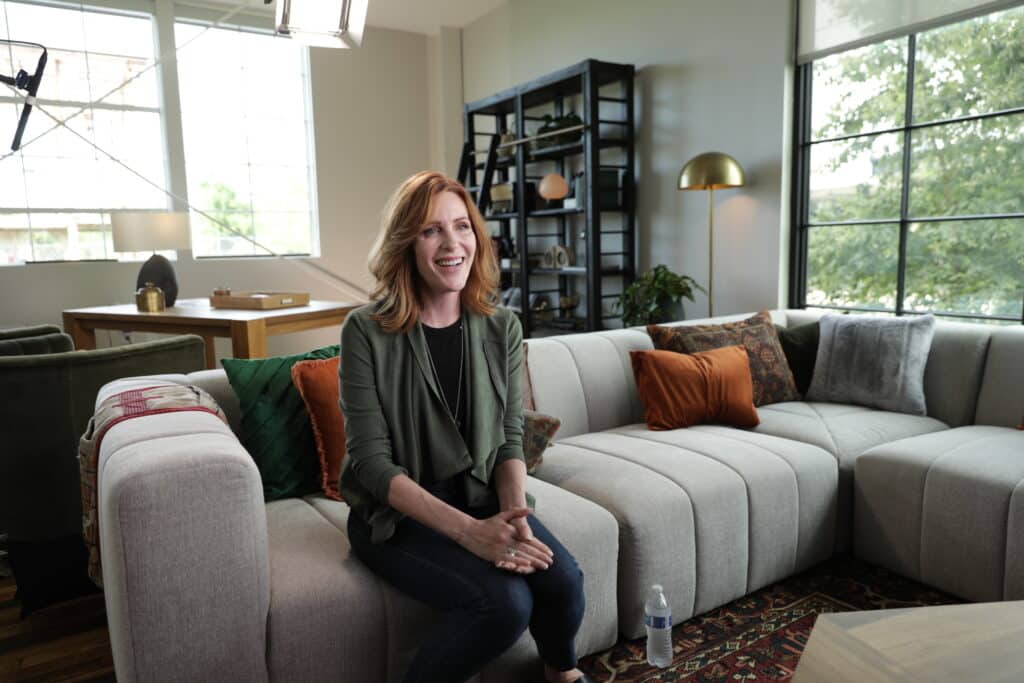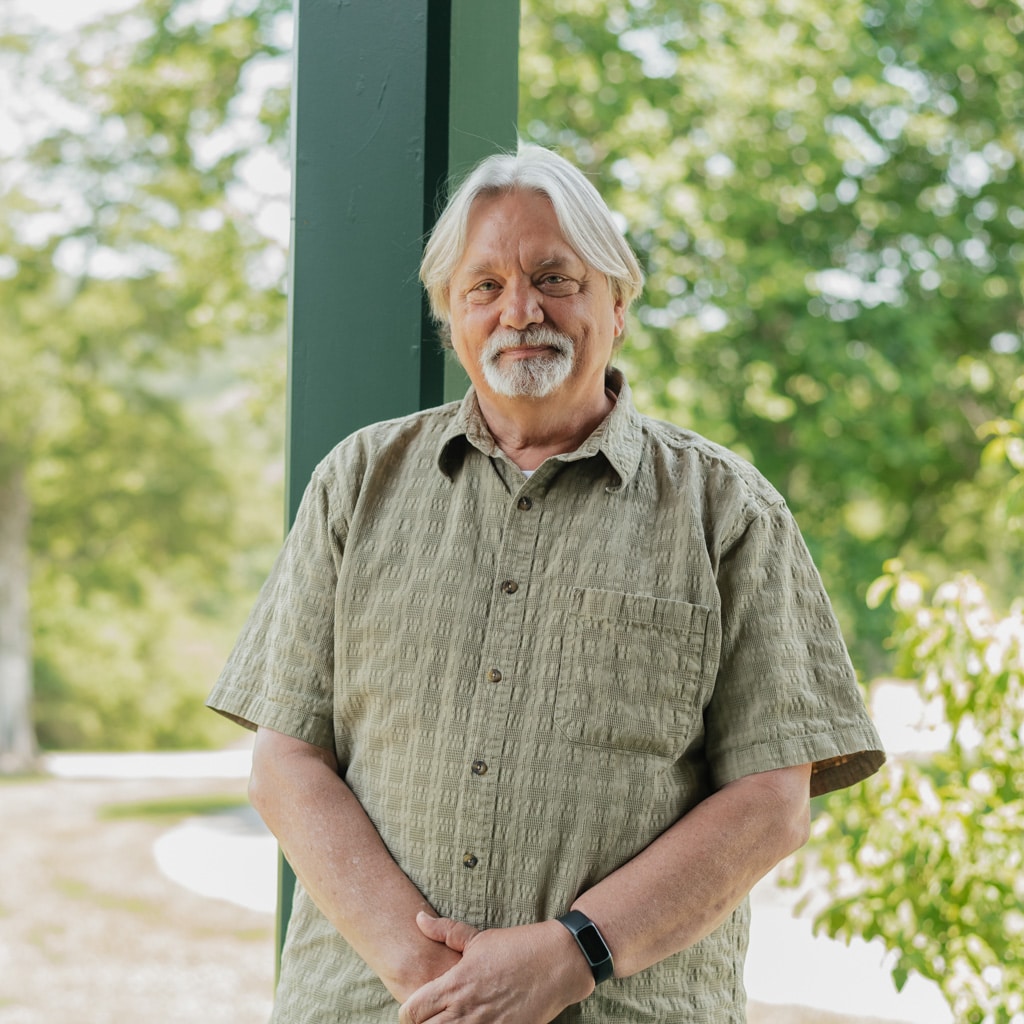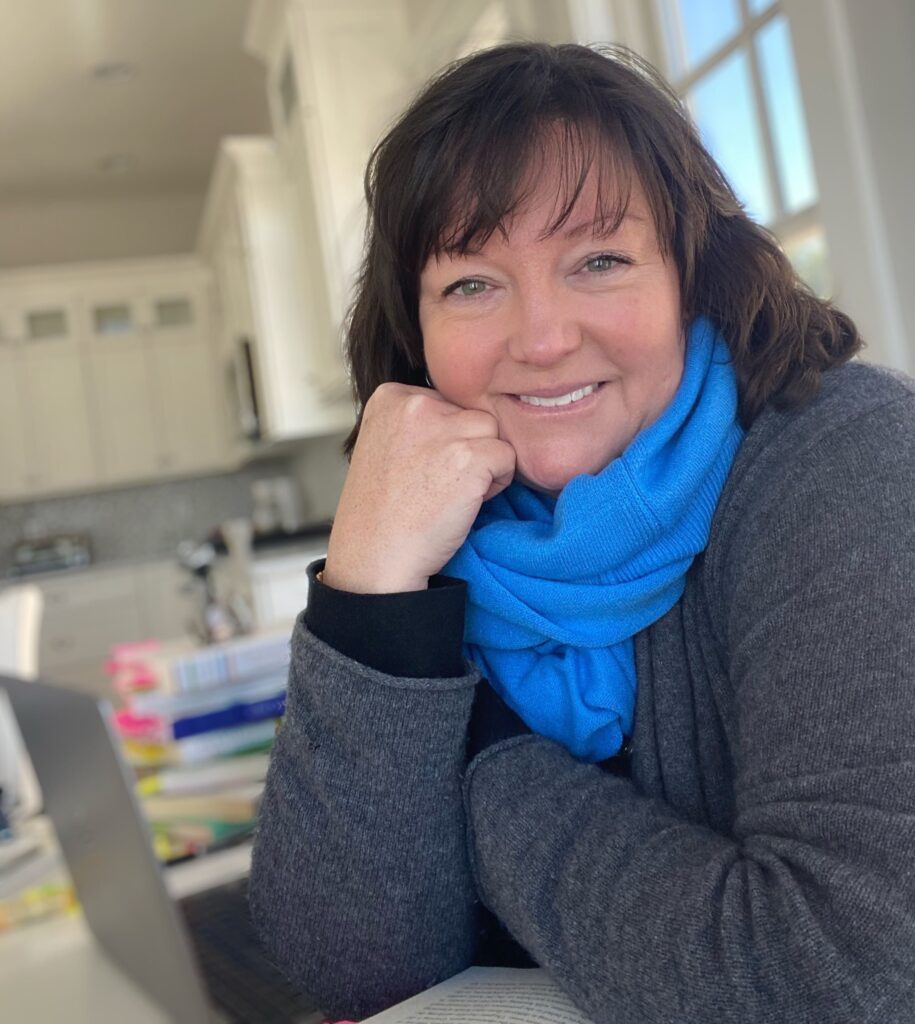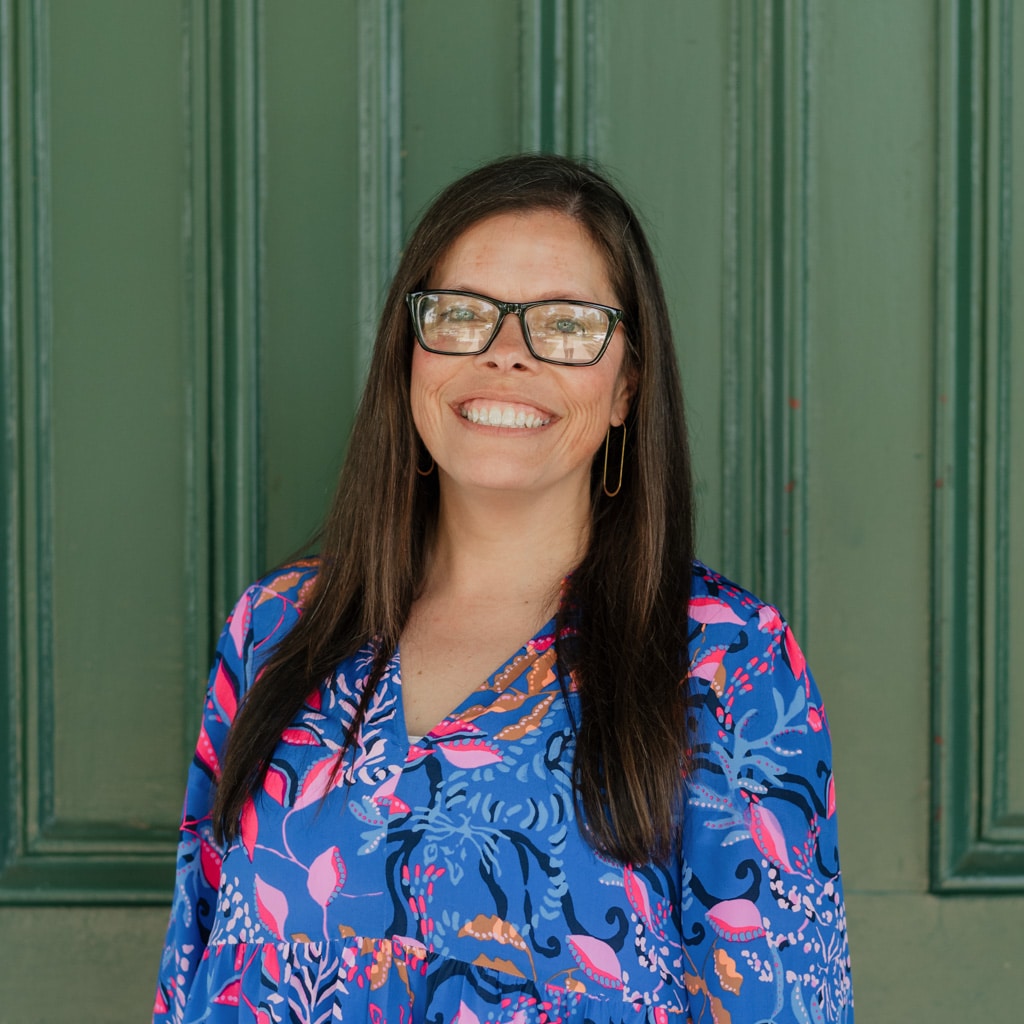Where Magic Meets Medicine
The Sacred Dance of Healing Trauma
From the Milestones Journal | Written by Neil Bomar, MD
“If it can’t be measured, it doesn’t exist.”
– A N O N Y M O U S
There’s a belief in medicine that if you can’t measure it, it doesn’t exist. And I believed wholeheartedly this was true for decades. My medical career has been distinctly binary; the first part was spent attending to physical illnesses as a primary care physician, and the second part marked a career change and a paradigm shift in the practice of psychiatry.
Daily, I see things that we can’t quite measure change and heal people in profound ways, and I get to practice psychiatry in the most creative and rewarding way possible.
Complexity of Trauma Diagnosis
Coming from a traditional medicine background where there is little doubt when a throat culture reveals a strep infection or when an X-ray reveals a bone fracture, psychiatric diagnosis and practice have proven much more ambiguous.
Being part of the Milestones team for the last seven years, I’ve discovered that humans are more than just their neurochemistry and neurotransmitters.
Our behavior is much more complex than a diagnosis or a label. The effects of complex trauma can often show up as many different things that might lead to a misdiagnosis. People come in with diagnoses and labels—ADHD, bipolar disorder, or borderline personality disor- der—and I think we must hold those very carefully and very gently.
In a residential setting, we get a holistic look at a client. As a team, we can work to determine which symptoms can be ascribed to their wounding and trauma and which symptoms can be ascribed to a true psychiatric diagnosis. After thirty, forty-five, or sixty days, we observe them in multiple social and therapeutic settings, and we can provide a more accurate diagnosis. It’s a rich experience for me as a psychiatrist to be in an environment where I don’t have to lead with medication in all cases.
Holistic Healing Environment
It amazes me how much healing occurs within the environment we’ve cultivated at Milestones without medical intervention. As a psychiatrist, I rely on medications in many cases. But often, working with the clients, I’m able to practice psychiatry by subtraction, meaning I’m typically able to take people off more medicine than I put them on.
We have many clients who come in and need medication or need a medication change. But after some time at Milestones, they no longer need medicine or can decrease their doses. There are several contributing factors, not the least of which is our incredible team of brilliant clinicians on the cutting edge of trauma treatment.
But I’ve found that the intangible, immeasurable parts of the environment play a significant role as well. The result is profound when a client can come into a program and devote time, energy, and lifestyle change to their healing. They put away their electronic devices, get on a schedule, get adequate sleep, improve their diet with nutritious meals, and—in a structured, safe space—they can walk away from the medicating behaviors that were helping them survive.
All of this happens against the backdrop of the healing community, which may be one of the most immeasurable facilitators of healing we have at our disposal.
The Effects of Community
If you gave me a pad to write prescriptions for psychiatric drugs or the ability to prescribe people healthy community, I’d choose the latter.
I believe community exists as its own distinct therapeutic tool, possibly even more important than other psychiatric and psychotherapeutic techniques.
A recent article in Scientific American by Lydia Denworth* supports this idea. Her awe-inspiring research reveals that different individuals’ brains synchronize as they interact and form relational bonds. In this novel study, scientists attached electrodes to the scalps of different individuals and monitored their brain waves while alone and during social interaction. While the individuals were separate, there was no correlation among the brain waves of other individuals. But when two people started to interact, something seemingly magical happened. The brain wave tracings began to align, which scientists call interbrain synchrony.
The study suggests that interbrain synchrony “may help people teach and learn, forge friendships and romances, cooperate and converse, and even maintain emotional stability.” It supports what we see but can’t quantify every day.
The Magic of Milestones
I am continuously intrigued about the impact of community and connection and how it relates to the Milestones client experience. When I complete an exit interview before each client’s departure, I ask, “Which aspect of the program was most impactful or transformational for you?”
Some will mention the group psychotherapy component. Others identify the individual therapy sessions, while some report adventure therapy, equine therapy, or even EMDR as the most impactful. But the vast majority, approximately eight out of ten individuals, identify community as their program’s most transformative aspect.
We are in a loneliness epidemic. The Centers for Disease Control has recently issued a public health warning about this crisis: “Loneliness and Social Isolation Linked to Serious Health Conditions.” It’s impacting us physically, mentally, and emotionally.
Isolation and hopelessness are two of the most common things we combat as humans. So, unsurprisingly, they are two of the most acute needs for people entering Milestones. Individuals come to address the impact of their trauma, but so much is rooted in relational wounding and a lack of safety with others. They often struggle with physical ailments and are held back by mental health struggles that keep them from functioning daily.
One of the great things about Milestones is an intimate setting where people can get to know each other on the deepest level. Our program is big enough to be communal and relationship-building but small enough to be bespoke and curated. That’s where the magic happens, and the healing takes place.
As a staff, while working to stay at the forefront of science, therapy, and trauma treatment, we work to build a safe, warm, welcoming community.
Working at Milestones has been one of the most humbling experiences intellectually and most rewarding emotionally.
The healing we witness is nothing short of miraculous. As I witness our clients’ transformation and breakthrough, I am challenged to have a more open mind to things that I can’t measure. Because just because it can’t be measured doesn’t mean it doesn’t exist.
*This article was originally published with the title “Synchronized Minds” in Scientific American 329, 1, 50-57 ( July 2023).
About the author:
Dr. Neil Bomar, MD
Dr. Bomar has a varied medical and psychiatric background. He is an honors graduate of Vanderbilt University and completed his medical degree at the University of Tennessee Health Sciences Center in Memphis. An early career in primary and urgent care medicine led him to Kentucky, where he attended the University of Kentucky to pursue a residency in occupational and preventive medicine. He practiced occupational and corporate medicine for Toyota in Georgetown, Kentucky, before returning to Memphis to complete a residency in psychiatry. From 2004 to 2011, he built a busy private psychiatry practice while serving as a consultant for Methodist and Baptist hospitals.
Neil’s breadth of experience in psychiatry and primary care led to a focus in the areas of trauma and addiction. He now serves as the VP of Medical Services for Milestones.
Learn more about the Milestones experience.
A sanctuary built on community, compassion, and care.
Healing happens within our safe environment for avoiding distractions, focusing on yourself, and resting and rebuilding in comfortable surroundings.

